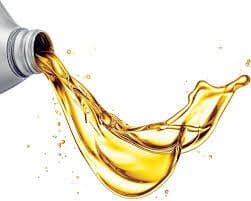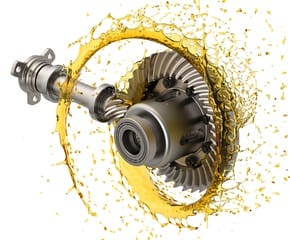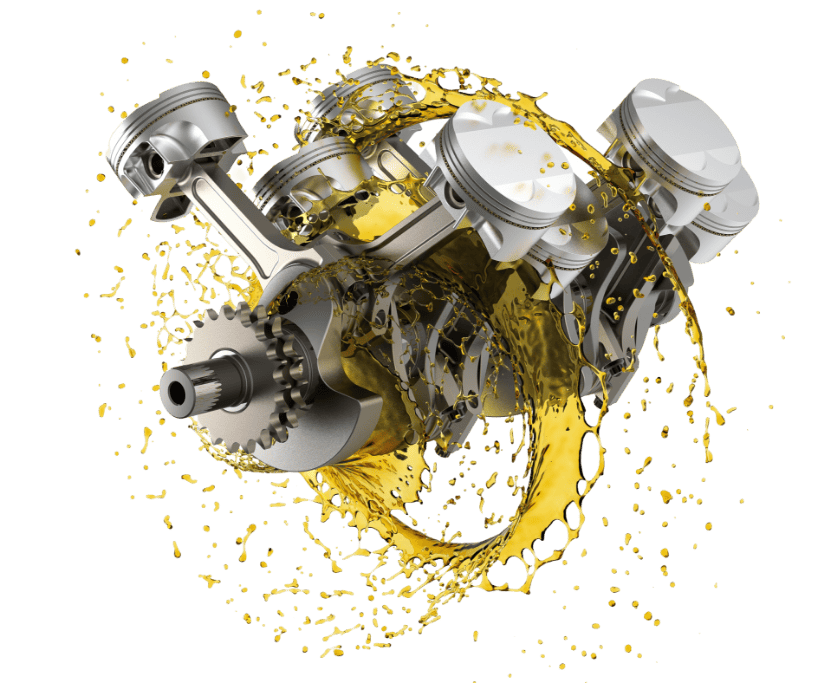Lubricating oil or LUBRICANAT OILS is a lubricant for reducing friction for machinery. and engine to help cool down prevent wear of machinery It can also extend the service life of the machine. and the engine to last longer
There are two main lubricant components:
- Base oil or BASE OIL (approximately 75 – 85% of lubricant) in this section can be further divided into 3 types.
- Vegetable or animal oils (Vegetable or Animal oils) by the oil from this section was used in the past. But this type of base oil unstable chemical properties Quality deteriorates very easily. Therefore, it is necessary to bring to improve the quality before use. make the price higher thus causing the popularity to disappear These base oils that we are familiar with are castor oil, palm oil, lard oil, fish oil, etc.
- Mineral Oils are the most commonly used base oils. Because of its good quality and cheap price, this mineral oil is obtained by bringing the oil from the bottom of the distillation tower. be distilled under vacuum conditions to separate the clear lubricant and thickened out The remainder is asphalt and the lubricant is used to separate the impurities for chemical stability. and better thermal
- Synthetic Oils are base oils that are synthesized by chemical processes. therefore making it quite expensive For this reason, these base oils are now commonly used in specific applications requiring special properties in terms of high viscosity index, low pour point and low volatility.
- Additives (about 15 – 25% of lubricant) are chemicals that help adjust the quality of lubricant for better performance. Due to the current machinery And the engine is designed to be smaller. Running faster and higher conditions such as temperature, stress, high loads, etc. require oil to be refined. to support such conditions There are various types of quality customized passenger cars. Depending on usage, these are:
- Anti-oxidation (Anti – Oxidation)
- Anti-wear additives (Anti-Wear)
- Corrosion and Rust Inhibitor
- Anti foam
- High pressure (Extreme Pressure)
- Viscosity Index Improver
- pH increaser (Total Base Number Booster ; TBN)
- Detergent and Dispersant
Role of lubricant
- Help lubricate parts in machines, engines, films or thin membranes. of the lubricant will act as a coating on metal surfaces or workpieces that are moving to avoid direct friction
- Cooling (Coolant) by cooling the heat from the combustion of fuel. and reduce the temperature in the system
- Help maintain cleanliness (Clean) is to be able to wash or remove various stains. from the surface of the workpiece very well
- Help prevent rust and corrosion (Protect)
- Help spread the dirt (Dispersant)
- It is a seal to prevent leakage of compression in the cylinder.
- As a power transmission in the hydraulic system
Our WITTOIL is a company that produces and distribution of lubricants There are more than a hundred types of products to choose from. Pure oils, semi-synthetic oils. synthetic oil Can support both use in the engine. Machines in various industries high quality because we use quality raw materials from abroad Ensuring that you will receive quality lubricants. for your precious machine You can contact us at www.wittoil.com





